Discover the seven points of architecture and decoration that, according to neuroarchitecture, influence the physical and mental health of the occupants
The environments we occupy make a difference in our physical and mental health, as well as influencing emotions and behaviors. But what are the factors that determine these effects?
html[data-range=”xlarge”] figure image img.img-a4d542bbd8881a9563134c0598e3c0b1r7x9bhip { width: 774px; height: 1160px; }HTML[data-range=”large”] figure image img.img-a4d542bbd8881a9563134c0598e3c0b1r7x9bhip { width: 548px; height: 822px; }HTML[data-range=”small”] figure figure img.img-a4d542bbd8881a9563134c0598e3c0b1r7x9bhip, html[data-range=”medium”] figure image img.img-a4d542bbd8881a9563134c0598e3c0b1r7x9bhip { width: 564px; height: 846px; }HTML[data-range=”small”] .article__image-embed, html[data-range=”medium”] .article__image-embed { width: 564px; margin: auto 0 30px; }
According to NEUROARQ® Academy, there are seven variables that determine well-being in a space: the biophilia, color, shape, sound, aroma, lighting and personalization, which play a key role in the interaction between spaces and people. Each of them has specific characteristics and effects.
“Our goal is to transform the way we design spaces, promoting the well-being and quality of life of the people who inhabit them,” explains architect Priscilla Bencke, co-founder of Academia.
Biophilia
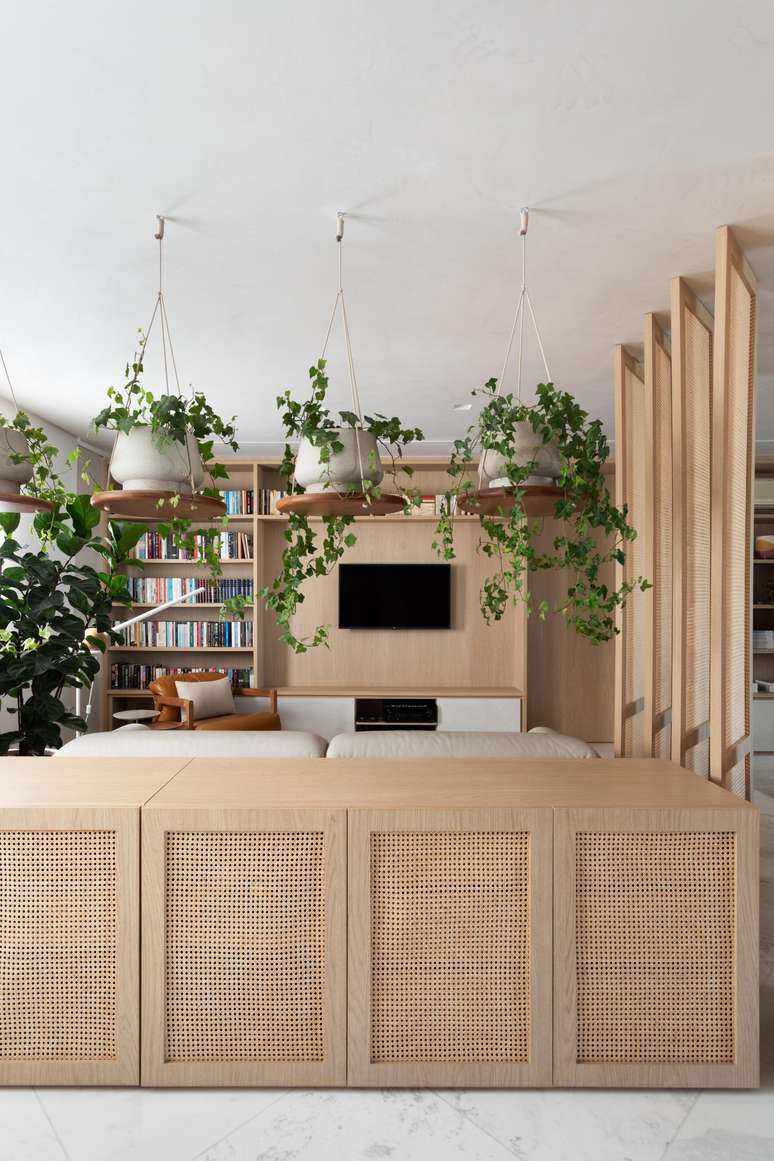
The first variable is biophilia, which consists of reconnect with nature, promoting well-being, relaxation, health and emotional comfort. The presence of natural elements in a space can provide calm, productivity, stimulate learning and creativity.
“For anyone looking to implement this model at home, the easiest way to start is with a plant and a pot and then build up your plant collection accordingly. The more contact with nature, the greater the emotional connection of tranquility and intimacy it will convey”, underline Priscila and Bernardo, architects of the studio PB architecture
Color palette
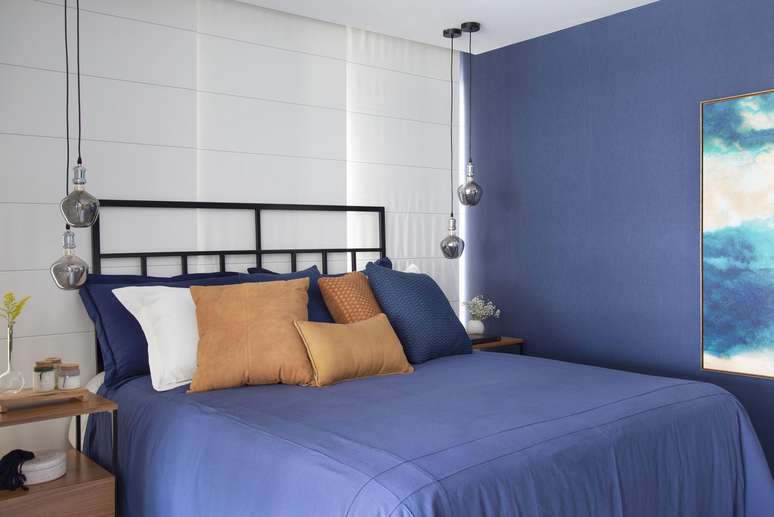
The second variable is color. Colors have a physiological and psychological influence and can awaken different emotions and sensations. Consciously exploring colors allows us to influence human behavior and expand our perception and awareness.
Discover the sensations conveyed by certain colors, according to the book The psychology of colors:
- White: novelty, well, truth, honesty and innocence are some of the meanings of white. It is the color associated with minimalist design, which emphasizes shapes rather than colours.
- Red: color associated with all passions, from love to hate, causes different feelings. It is related to fire, blood and life.
- Blue: sympathy, harmony, friendship and trust are associated with blue. In decoration it is associated with cold environments, due to its calming effect, adapting well to rooms and spaces for rest and relaxation.
- Green: the tone strengthens the connection with nature, green is also linked to other elements and feelings, such as hope, fertility, credibility and freshness.
- Yellow: the tone is linked to optimism, spontaneity, joviality. It refers to the Sun and gold.
Aesthetics
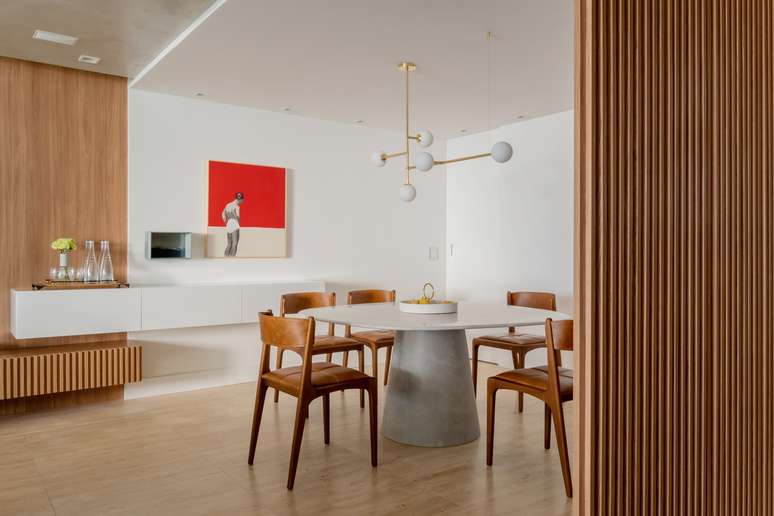
The third variable is shape, aesthetics and beauty. The aesthetic appreciation of a space can have a significant impact on our perception and satisfaction with the environment. A form and beauty attributed to a physical space are essential factors that drive the desire to live there.
Sound
The sounds present in an environment have the power to influence, support or interrupt certain activities, as well as influencing human behavior. Understanding the influence of sounds allows us to use them in ways that promote well-being in architecture and interior design projects.
aromas
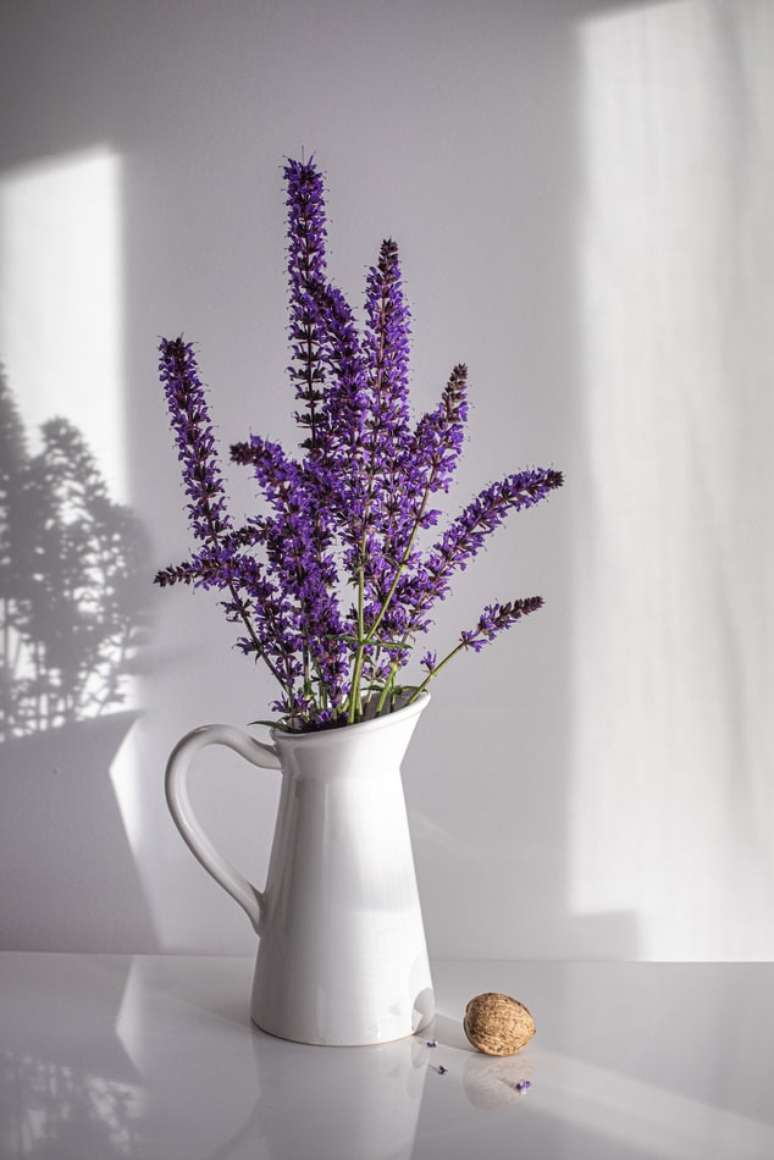
Smells have the power to influence our well-being and behavior. Some scents can awaken old memories, while others can heighten our sense of spirituality. explore the scents and its influence on our lives is essential for designing environments that promote well-being.
Second Katrina Deville, a spiritualist of iQuilíbrio, according to the aroma, the brain transmits different stimuli to our body, which can help relax the mind to reduce pain in the body. Check out some of them below:
- Jasmine: with its sweet and deeply relaxing fragrance. It is an aphrodisiac that helps relieve anxiety, nervousness, fatigue, irritability or apathy.
- Lavender: lavender or lavender is ideal for calming the mind and bringing calmness to the environment.
- Pine tree: brings a sense of tranquility by reducing stress and promoting feelings of greater well-being.
- Chamomile: chamomile has a powerful energy for spirituality, protects against envy, transforms negative energies into positive ones, helps with emotional control and relieves pain.
Lighting
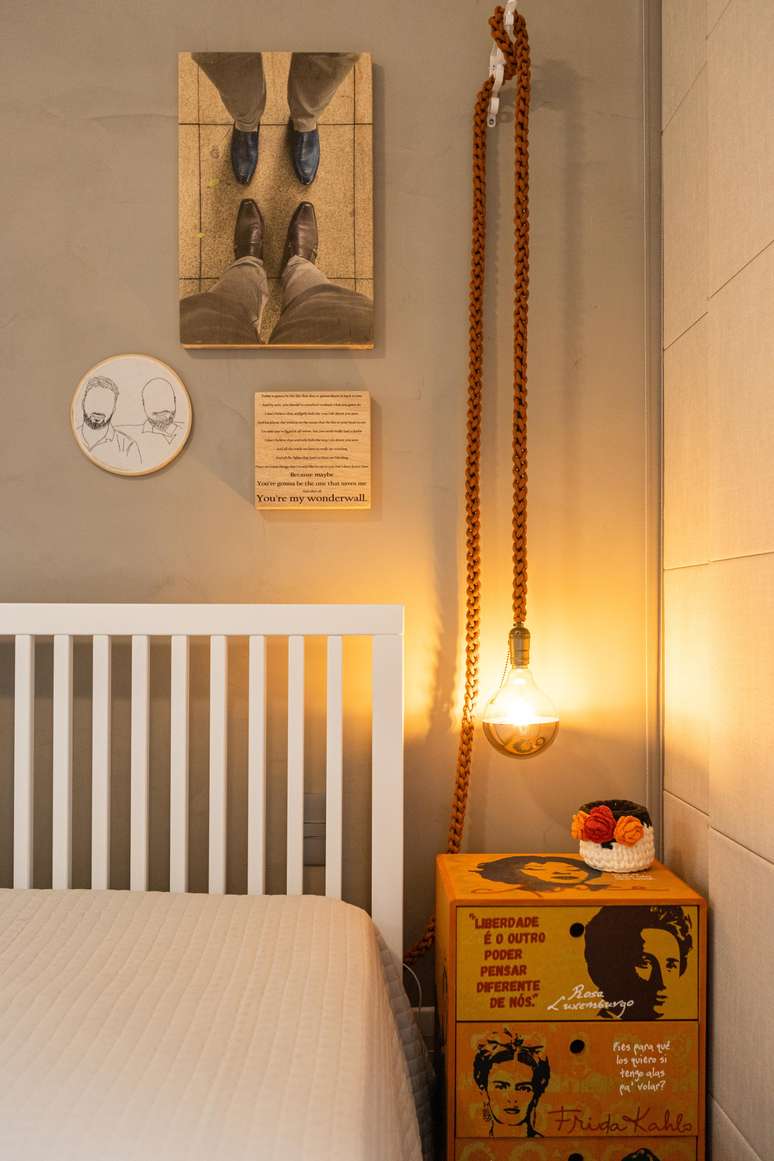
Light plays a key role in physical, physiological and psychological processes, influencing alertness, cognitive performance and mood. Understanding how lighting affects human biology is essential to providing a positive experience in spaces.
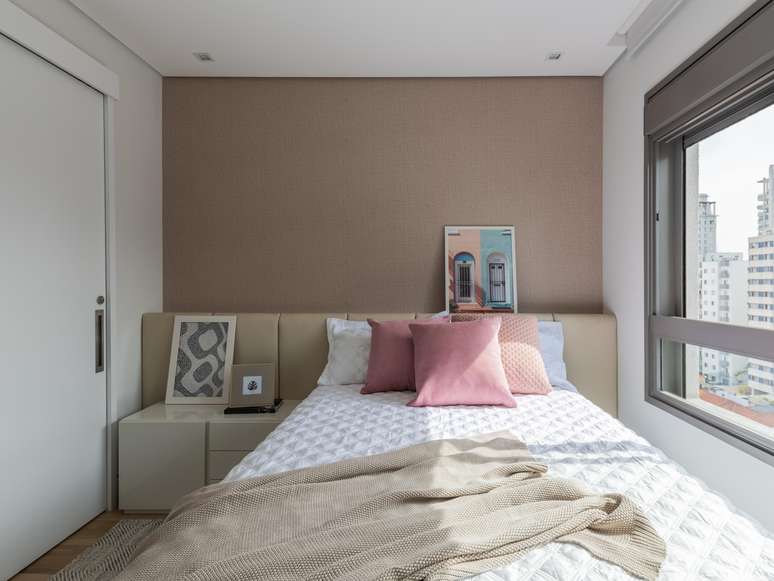
According to LLUMM, lighting affects the body’s circadian cycle. During daycircadian lighting helps the body to stay alert. A Nightmakes it Relax. Since natural light varies according to the time of day, in artificial lighting we managed to reproduce these variations with the help of the color temperatures measurements in Kelvin and fundamental to control, help and influence our body in the production of hormones.
Sunlight stimulates the production of dopamine, the pleasure hormone. In a healthy circadian cycle, as the day gets dark, the body produces melatonin, a hormone that regulates and increases the quality of sleep. Able to stimulate the production of melatonin, warm lights make the environment more welcoming, relaxing and ensure greater balance between mind, body and emotions.
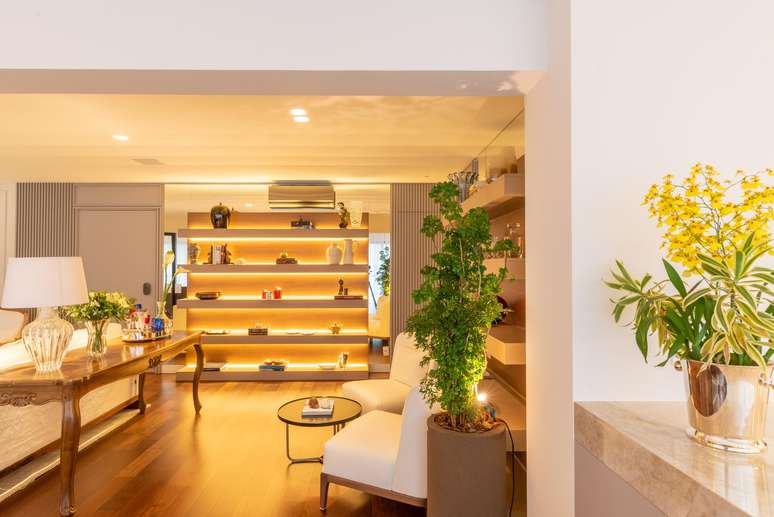
Cold lights, on the other hand, stimulate attention and concentration and since they are associated with the production of cortisol, the stress hormone, can often affect the feeling of calm, mood and even sleep.
Personalization
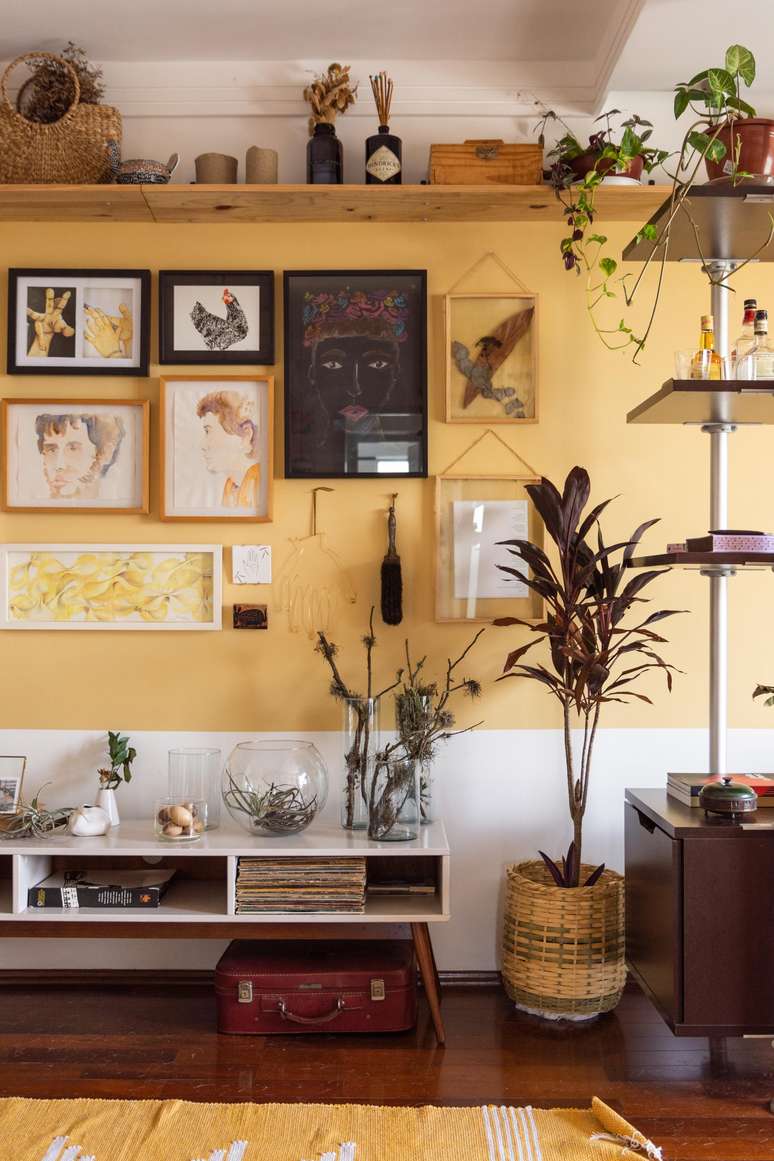
The seventh and final variable is personalization. Design environments that
meet specific needs
, rather than being based on general standards, is the key to creating inclusive and healthy spaces. Personalization, based on scientific evidence, allows you to create projects that respond to the individual needs of each person.
Source: Terra
Ben Stock is a lifestyle journalist and author at Gossipify. He writes about topics such as health, wellness, travel, food and home decor. He provides practical advice and inspiration to improve well-being, keeps readers up to date with latest lifestyle news and trends, known for his engaging writing style, in-depth analysis and unique perspectives.

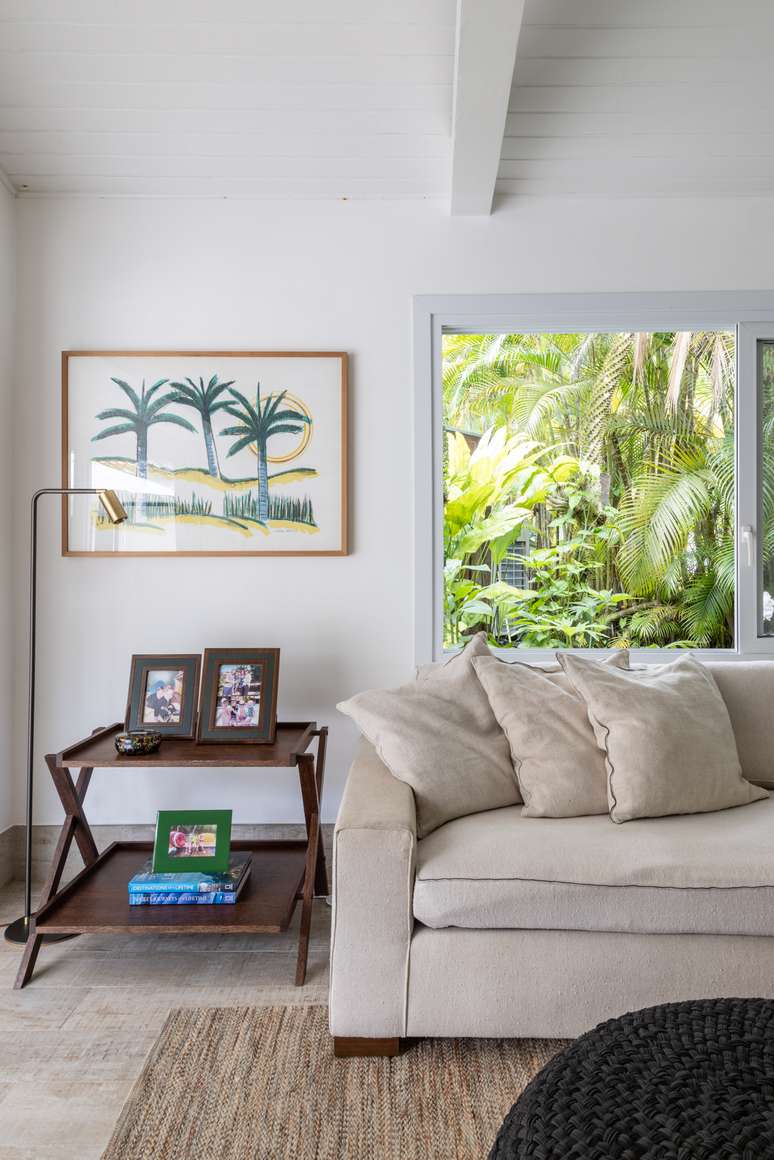


-qdt8x3bmi3at.png)

![Everything for pre -light: What awaits you, on Friday of 18 July 2025 in 25 episodes [SPOILERS] Everything for pre -light: What awaits you, on Friday of 18 July 2025 in 25 episodes [SPOILERS]](https://fr.web.img3.acsta.net/img/97/ee/97ee1e7dca7b49fcd6404aae21a0bd6e.jpg)


